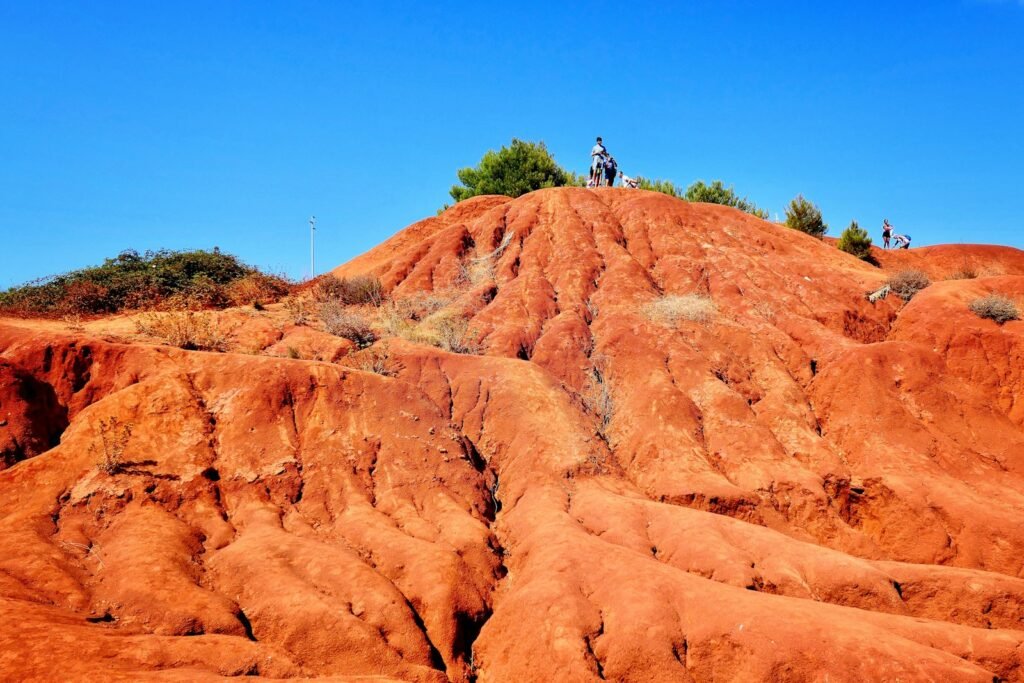Imagine an endless sea of blood-red sludge, stretching over the land like a wound that refuses to heal. This isn’t a scene from a science fiction movie—it’s the reality behind one of our most common metals: aluminum. Every can, plane wing, or foil sheet starts its journey as bauxite, but it’s the sinister leftover, red mud, that’s raising alarm bells around the world. What happens to all this toxic waste? And why, despite decades of research, have we failed to find a real solution? The story of red mud is both shocking and fascinating, holding up a mirror to the hidden cost of our modern comforts.
The Birth of Aluminum: From Bauxite to Metal
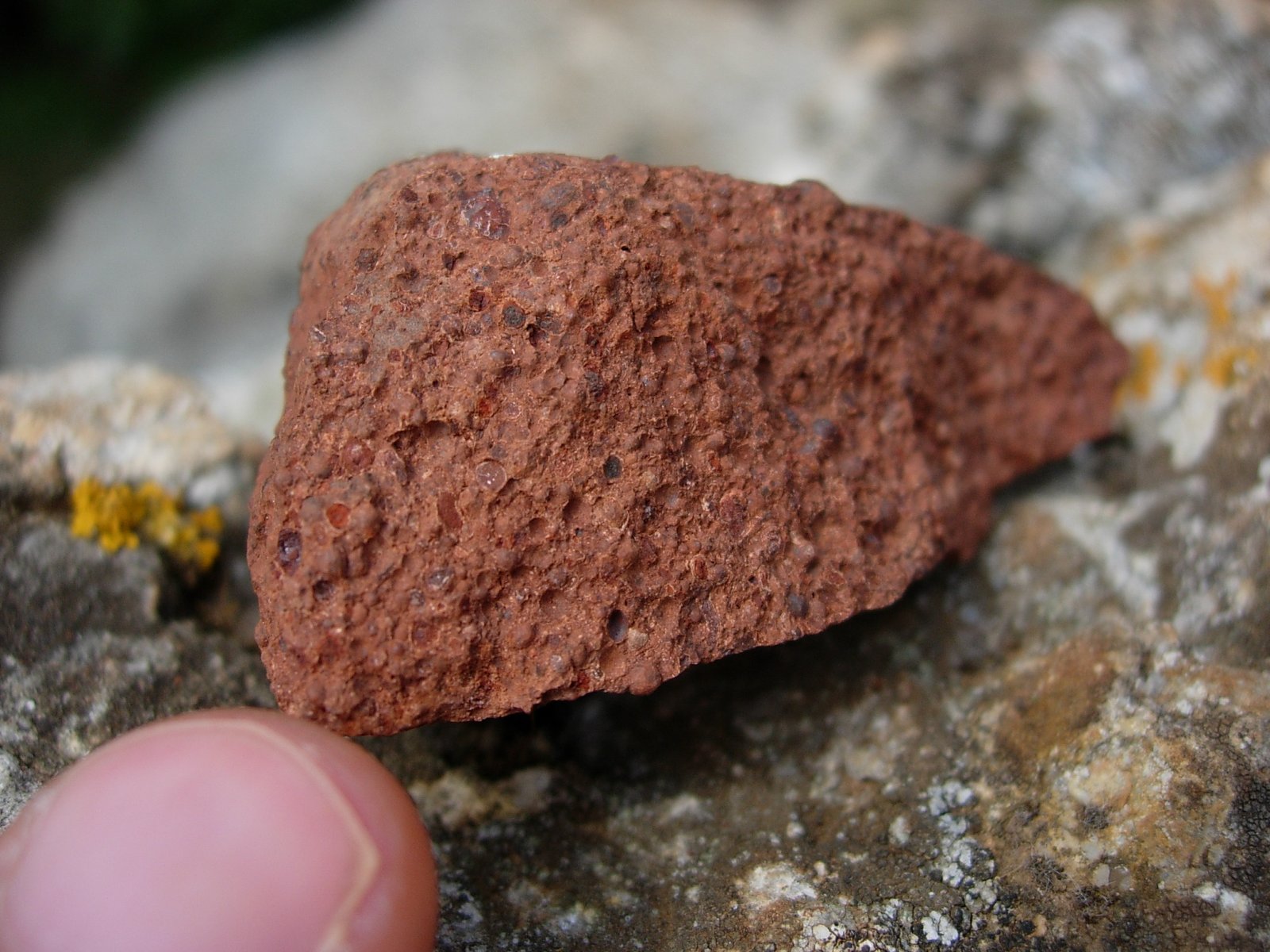
Aluminum is everywhere, woven into the fabric of modern life. But the journey from dull, reddish bauxite ore to lightweight, silvery metal is anything but simple. Bauxite, mined primarily from tropical regions, contains a mix of aluminum hydroxides, iron oxides, and other minerals. To extract pure aluminum, the ore undergoes the Bayer process, a complex chemical transformation that separates aluminum compounds from the rest. It’s at this stage that red mud is born—a byproduct as relentless as it is unwanted. This process, while revolutionary in its ability to create vast amounts of aluminum, leaves behind a toxic legacy that the world is still struggling to manage.
What Exactly Is Red Mud?
Red mud, also known as bauxite residue, is a thick, caustic slurry left over after extracting aluminum from bauxite. Its vivid color comes from iron oxides, but its real threat lies in its chemistry. Highly alkaline, red mud contains sodium hydroxide, heavy metals, and sometimes radioactive elements, making it hazardous to humans and the environment. Picture a substance as corrosive as drain cleaner but produced by the millions of tons every year. Its sticky, almost clay-like consistency makes it difficult to handle, store, and—most importantly—dispose of safely.
Mountains of Waste: The Scale of the Problem
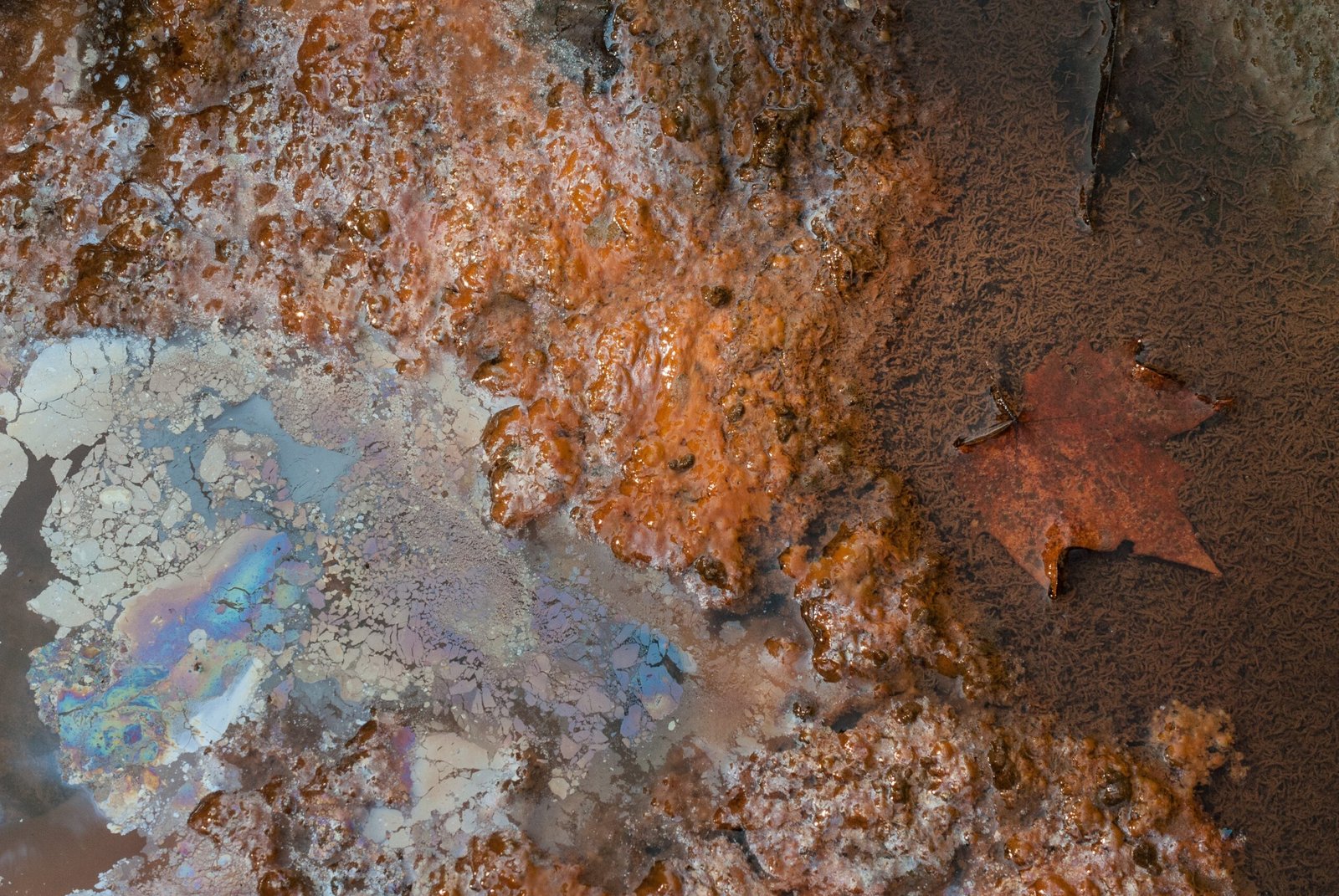
The numbers are staggering. For every ton of aluminum produced, up to two tons of red mud are generated. Globally, this means that more than 150 million tons of red mud are created each year, and the total accumulated worldwide is estimated to surpass 4 billion tons. These vast quantities are typically stored in massive containment ponds or “lakes,” often visible on satellite images as scarlet scars on the landscape. The sheer volume of waste has made red mud one of the world’s largest industrial byproducts, posing a persistent challenge with no easy fix in sight.
Why Is Red Mud So Dangerous?
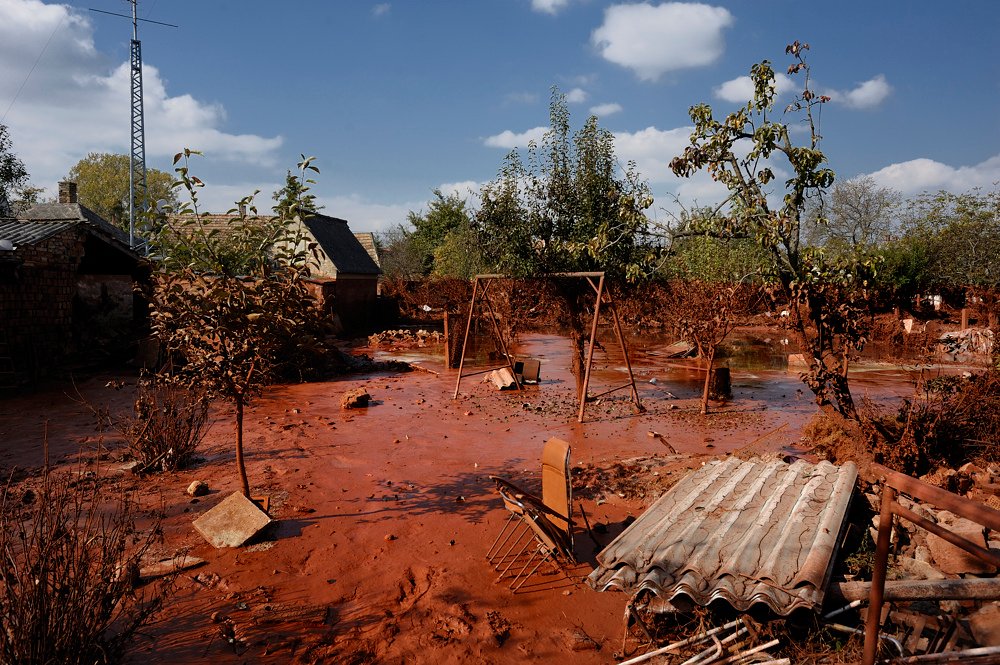
Red mud’s toxicity isn’t just a theoretical concern—it’s a real-world hazard. Its high alkalinity can cause severe burns and damage to living tissues, while the presence of heavy metals such as arsenic, chromium, and cadmium threatens soil and water quality. In the event of a containment failure, as happened in Hungary in 2010, the results can be catastrophic: toxic mud floods, poisoned rivers, and long-lasting ecological devastation. For communities living near these ponds, red mud represents a constant, lurking danger that can turn everyday life into a gamble with health and safety.
The Hidden Environmental Toll

Beyond the immediate threat to people, red mud wreaks havoc on ecosystems. If it escapes storage, the alkaline slurry can sterilize soil, kill plants, and wipe out aquatic life in rivers and lakes. Even when contained, the dust from dried red mud can become airborne, spreading toxic particles over nearby farmland and settlements. Wildlife, too, is vulnerable; birds and mammals may be poisoned by contaminated water or ingesting tainted food. The long-term impact can last generations, as heavy metals and caustic chemicals persist in the environment long after a spill.
Attempts at Recycling and Reuse: A Complex Puzzle
The idea of turning red mud from waste into resource is alluring, and scientists have spent decades searching for answers. Some have tried using red mud in cement production, as a pigment, or even to extract rare earth metals. While promising in the lab, scaling these solutions to handle hundreds of millions of tons has proven elusive. Economic barriers, technical limitations, and safety concerns have kept most recycling efforts small and experimental. It’s a sobering reminder that not all industrial waste can be easily transformed into something useful.
Storage Solutions: Out of Sight, Not Out of Mind
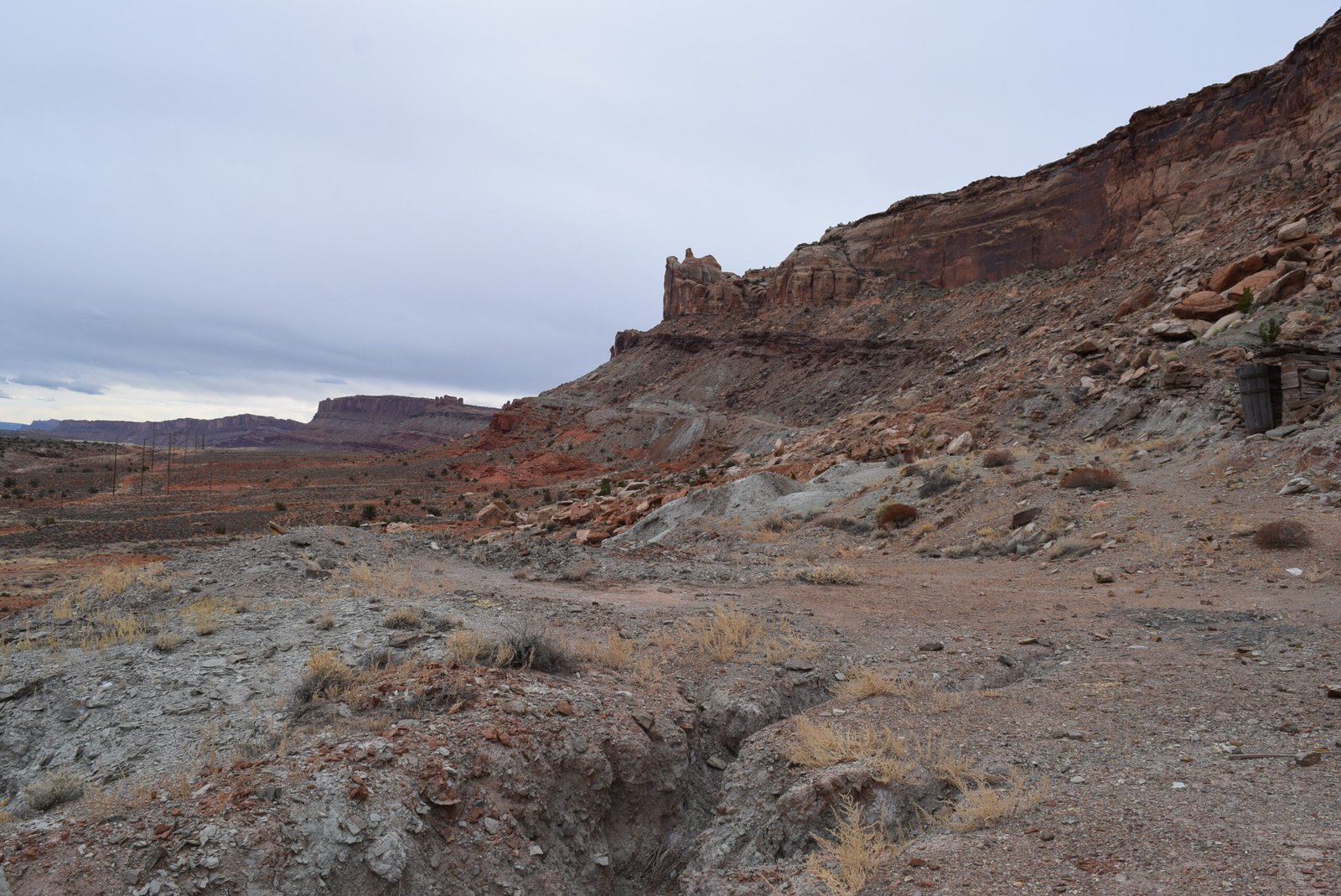
Most red mud ends up in vast “tailings ponds”—artificial lakes lined with clay or synthetic materials to prevent leakage. But these ponds are far from secure. Over time, liners can fail, embankments may collapse, and heavy rains can trigger catastrophic releases. Moreover, as ponds fill up, new ones must be built, eating up valuable land and sometimes encroaching on communities or sensitive ecosystems. The reality is that storing red mud is a temporary fix, not a lasting answer, and it leaves behind a legacy of risk for future generations.
The Human Cost: Communities at Risk
For those living near aluminum refineries, red mud isn’t just an abstract problem—it’s a daily reality. Dust, water contamination, and the constant threat of spills can turn life into a fight for survival. In some regions, residents report increased respiratory problems, skin conditions, and fears over the safety of their crops and water. The psychological burden is heavy: the knowledge that the landscape itself holds a toxic secret, just waiting for a breach. These stories speak to the true cost of our reliance on aluminum—a cost measured in human lives and well-being.
Why Haven’t We Solved the Red Mud Problem?
Aluminum has been produced for more than a century, yet the red mud dilemma remains unsolved. The reasons are complex: the sheer scale of the waste, the technical challenges of neutralizing or reusing it, and the lack of economic incentives to drive innovation. Many companies and governments have been slow to invest in safer solutions, often choosing the cheapest option—containment—over true remediation. It’s a frustrating paradox: we have the science to understand the problem, but not the will or resources to fix it on a global scale.
Lessons from Disasters: Warnings from the Past
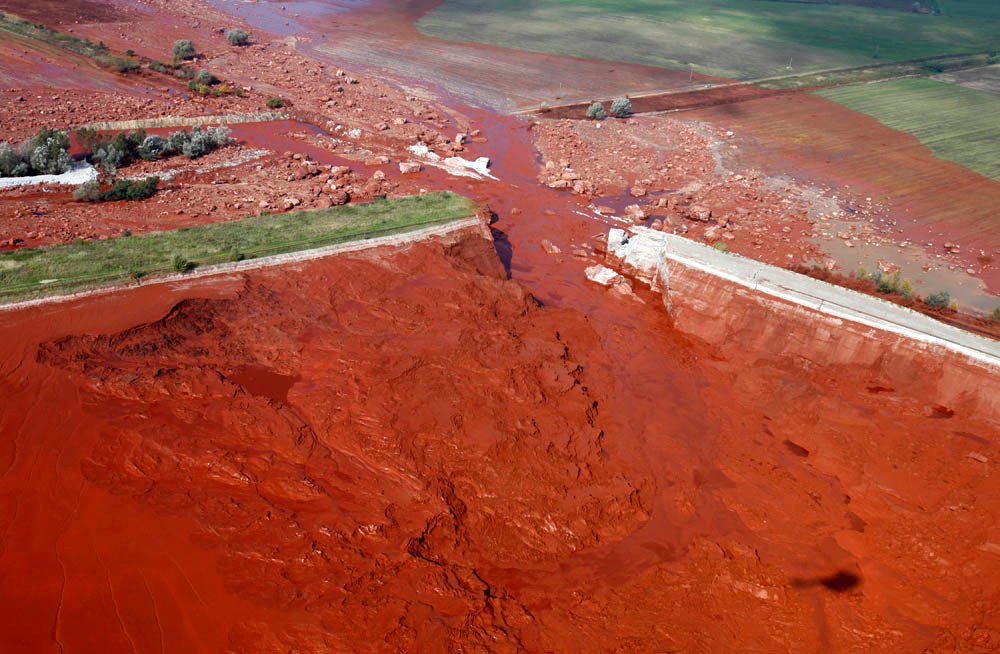
History is littered with warnings about the dangers of red mud. The Kolontár disaster in Hungary, when a containment dam burst and unleashed a torrent of red mud, was a wake-up call to the world. Nine people lost their lives, hundreds were injured, and the landscape was forever altered. Yet, despite these tragedies, little has changed in how we manage red mud. Disasters serve as grim reminders that the problem is not just hypothetical—it is real, urgent, and potentially deadly.
Searching for Hope: Are New Solutions on the Horizon?
Even in the face of overwhelming challenges, researchers and innovators aren’t giving up. Some are experimenting with new chemical treatments to neutralize red mud’s alkalinity, while others are developing bacteria that can extract valuable metals from the waste. Pilot projects are underway in several countries, exploring ways to turn red mud into bricks, road materials, or soil amendments. These efforts are inspiring, but the path from promising idea to real-world impact is long and uncertain. Hope lingers in the laboratories, waiting for the breakthrough that might one day transform red mud from menace to opportunity.
The Price of Convenience: Rethinking Our Relationship with Aluminum

Every time we choose convenience—popping open a soda can or wrapping leftovers in foil—we are connected to this hidden world of red mud. The story of aluminum is a reminder that progress comes with a price, often borne by the environment and people far from our daily lives. As consumers, we rarely see the true cost of our choices, but the red mud ponds scattered across the globe are stark evidence that nothing is ever truly “thrown away.” The legacy of red mud forces us to confront uncomfortable questions about sustainability, responsibility, and the future we want to build.
Isn’t it astonishing how something as ordinary as a soda can can be tied to such an extraordinary and unsolved environmental challenge?

